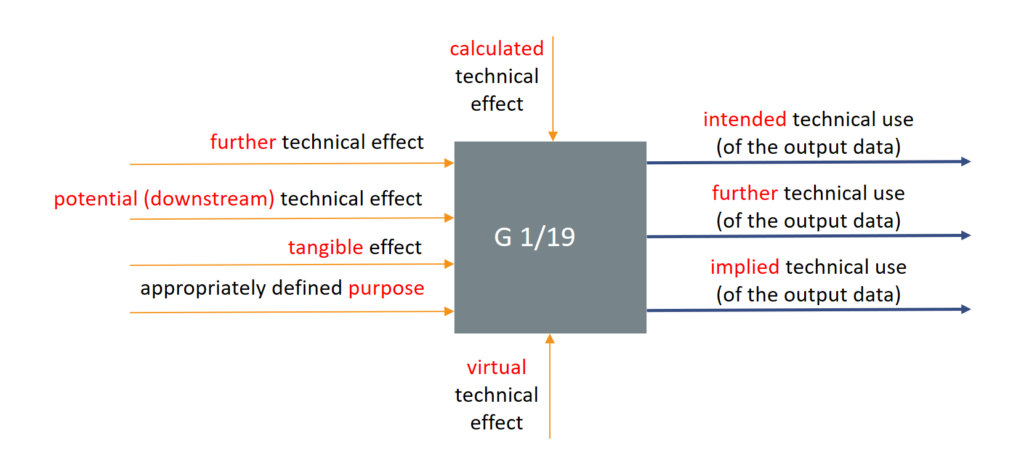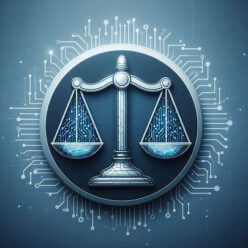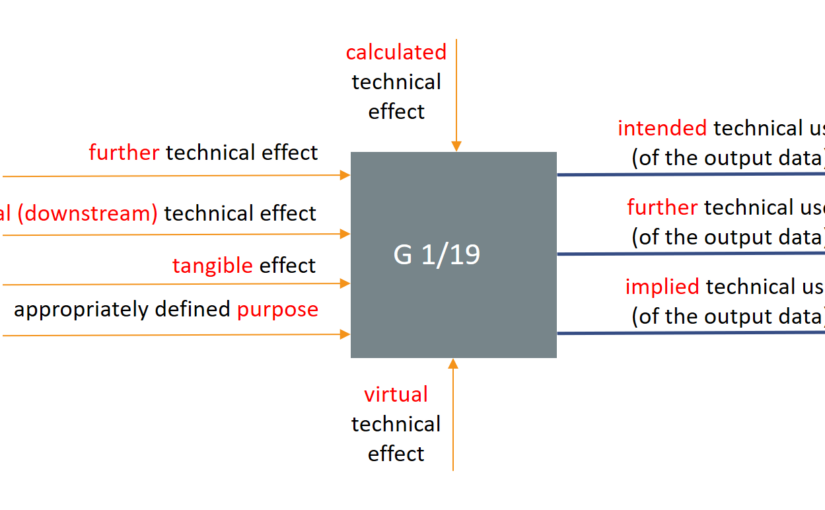In this article you will find key takeaways from G 1/19. The information is based, inter alia, on the presentation “Aftermath of G1/19” by Kemal Bengi of the Boards of Appeal.
Referal case T 489/14
- The invention in the ex-parte case relates to a simulation of the movement of pedestrians through an environment (e.g. a building like a stadium or railway station).

Results of the Enlarged Board of Appeal
- If the invention does not solve a technical problem, it has no distinguishing features that could contribute to inventive step (point 49).
- Using the problem-solution approach, the analysis under Art. 56 EPC may reveal that a specific problem is not solved (i.e. a specific effect is not achieved) over the whole scope of the claim. In such cases, the … specific problem may not be considered as the basis for the inventive step analysis unless the claim is limited in such a way that substantially all embodiments encompassed by it have the desired effect (point 82).
- Only those technical effects that are at least implied in the claims should be considered in the inventive step analysis (point 124).
- The existence and technicality of the system to be simulated is not a relevant criterion for the patentability of computer-implemented simulations (points 109, 120).
- A “direct link with physical reality” is not a necessary condition for contributing to the technical character of the claimed invention (point 88).
- “Measurements” and “indirect measurements” are related to physical reality and are therefore of a technical nature (point 99).
- An “adequately defined technical purpose” should not be taken as a generally applicable criterion of the COMVIK approach (point 133).
- Simulation models and algorithms mainly define non-technical constraints to be considered in the context of the COMVIK approach, but may contribute to technicality if, for example
- they are a reason for adapting the computer or its functioning or
- they form the basis for a “further technical use” of the outcome of the simulation (points 110, 137).
- The accuracy of a simulation is a factor that may have an influence on a technical effect going beyond the implementation of the simulation.
- An indication of the “intended technical use” or “further technical use” of the simulation results in a claim could contribute to the technical character of the claimed invention (points 94, 124).
G 1/19 Conclusions


